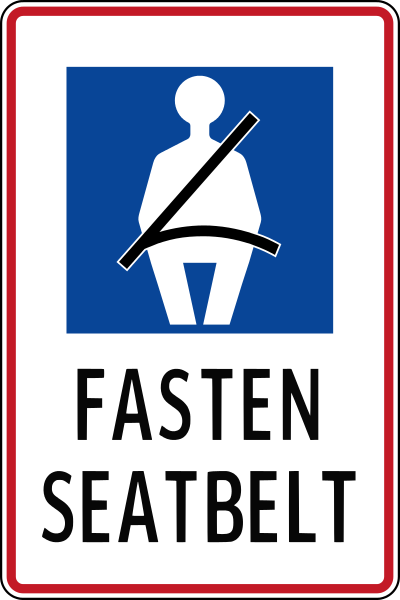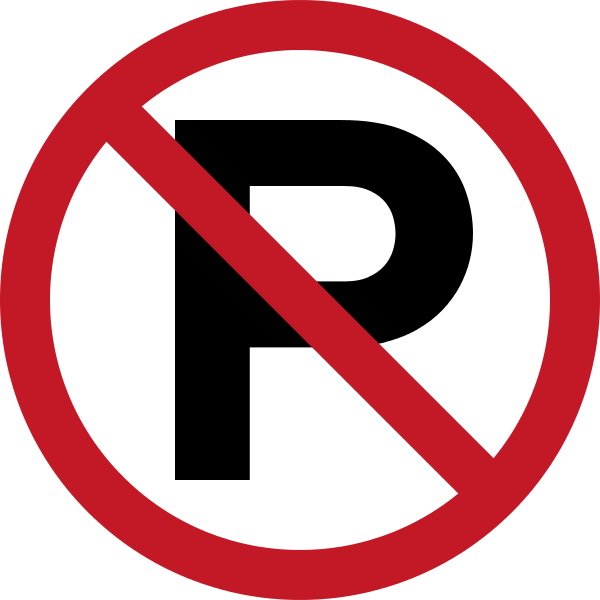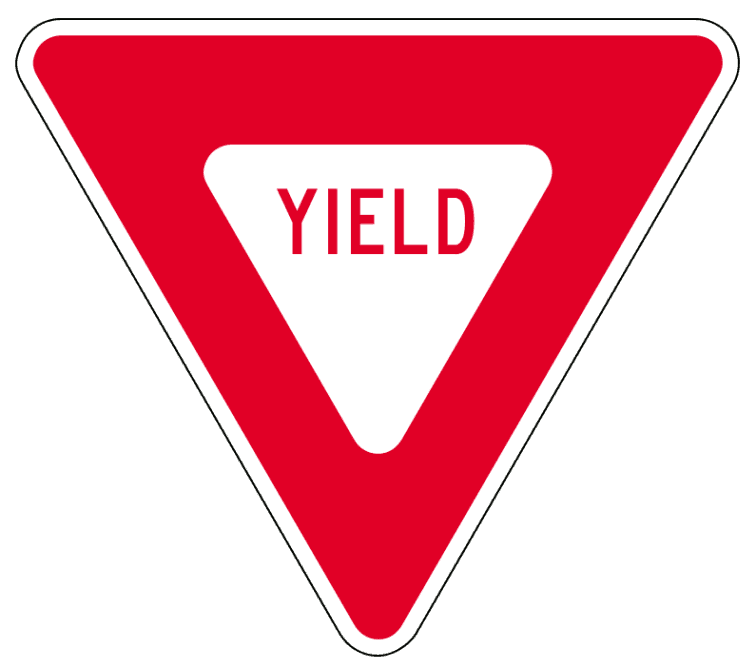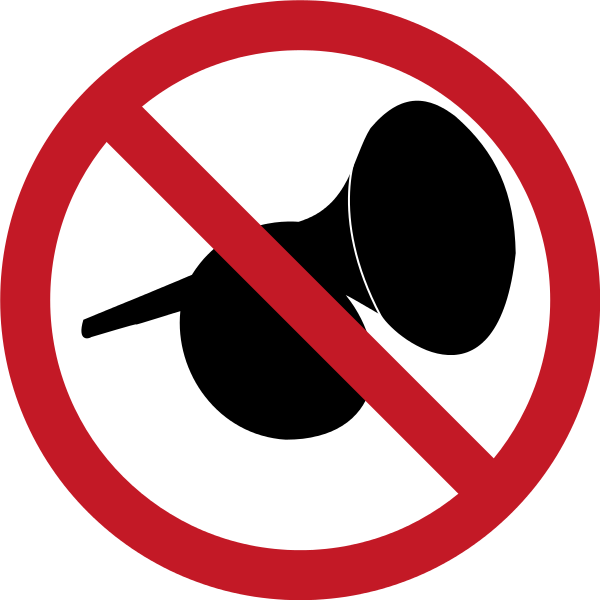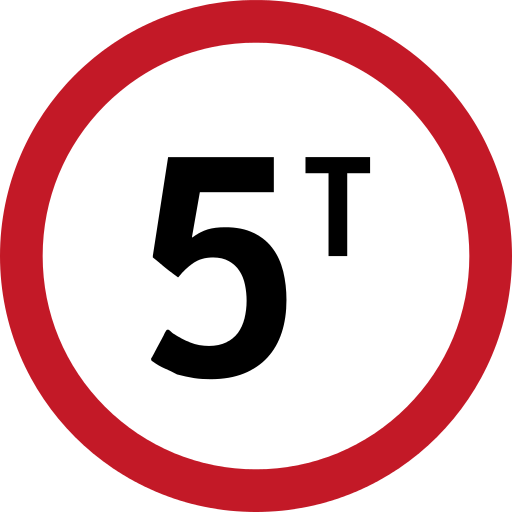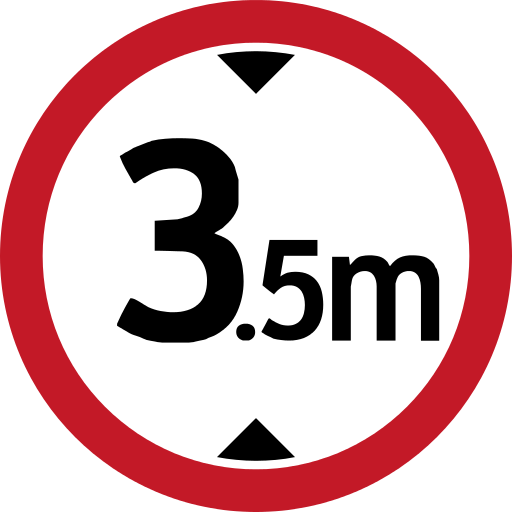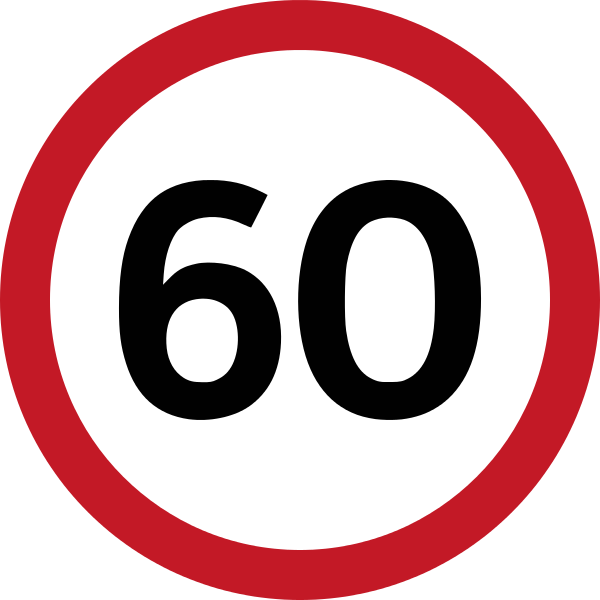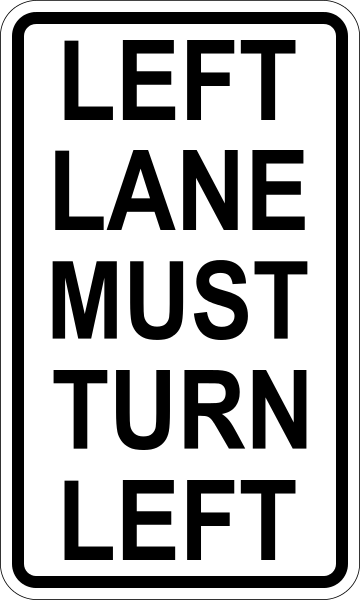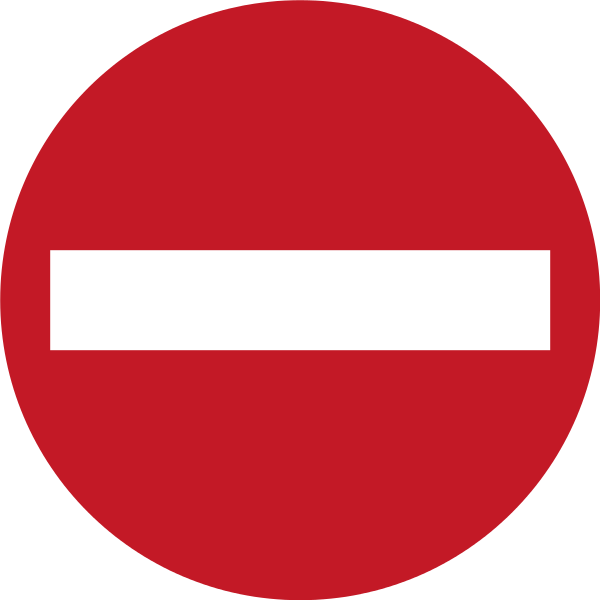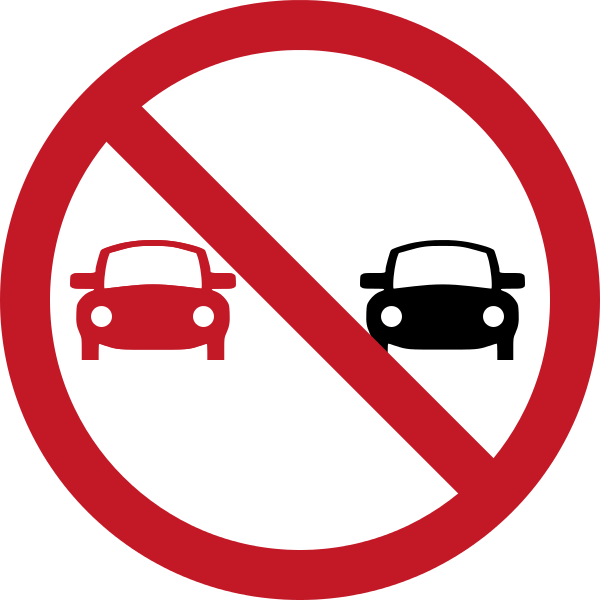When driving around in that snazzy Toyota Altis you bought in the Philippines, one of the things you absolutely must know about are the road signs you see everywhere around you. Now there are commonly three types of road signs: Regulatory, Informational, and Warning. For now, we’ll discuss the regulatory ones.
Regulatory road signs instruct motorists on how (and how not) to behave while on the road. It basically enforces traffic laws at all times in their respective areas, and disregarding them could lead to serious trouble. Below are just a few examples of road signs found in the Philippines.
Use Seat Belt
Like most countries, there’s a seat belt law in the Philippines. Called the Republic Act No 8750, it requires the driver and the front seat passenger to buckle up. It also forbids children below the age of six to sit in front, even with a seat belt on. You would do well to obey this sign; seat belts can mean the difference between life and death for you and your family, after all.
Stop
One of the most popular traffic signs, the stop sign signals the driver to come to a complete halt before continuing to drive on once you have the right of way.
No Parking
One of the most ignored signs in the Philippines is the “No Parking” one. Leaving your vehicle beside this sign can lead to it being towed away and you being fined – at least!
Yield
As you approach an intersection and see this sign, slow down, stop and yield to any vehicle or pedestrian who has the right-of-way. Always come to a full stop if the current traffic conditions permit it. Once you have the right-of-way, proceed.
No Left Turn, No Right Turn and No U-Turn
If you see any of these three signs, obey them and don’t force your vehicle to go through. You’ll only worsen traffic or cause an accident if you do. And if you get caught, you may be fined by the traffic enforcer.
No Blowing of Horns
Commonly seen in institutions such as schools and churches, drivers must respect this sign and not honk their horn anywhere within the premises whenever they see this sign.
Weight Limit
This sign is more for large vehicles such as trucks and trailers. Some bridges have weight limit on how much weight they can support. Not following this sign can lead to the structure’s collapse.
Height Limit
If you would like to avoid any damage to your vehicle, you better obey this sign – especially if your automobile is wider higher than the height limit.
Speed Limit
Another sign drivers must respect and obey is the speed limit. The purpose of implementing a speed limit is to lessen the possibility of road accidents caused by over speeding. In the Philippines, the usual minimum and maximum speed limits are 60 kph and 100 kph respectively, but if the number inside the sign indicates otherwise, just obey it to avoid any possible further bad consequences.
Left Lane Must Turn Left
Don’t be a headache and go straight when you’re in the left lane and you see this sign. You will only earn the ire of your fellow motorists (some might even yell profanities at you). When in the left lane and this sign is there, turn left.
No Entry
Don’t enter any road with this sign at its mouth.
No Overtaking
Impatient drivers often like to overtake the slower vehicle ahead of them, but when this sign is seen, they mustn’t or they risk disobeying the law.
Learning road signs is a vital part of every driver’s education. Remember these signs and don’t forget to obey them while driving.



